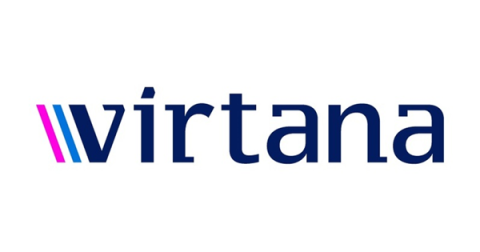The Five Challenges to Monitoring AI Data Fabric
As AI continues to evolve, it brings about a paradigm shift in how businesses handle data. The AI data fabric, a critical component of this transformation, acts as a cohesive layer that integrates data from various sources, facilitating seamless data access and management. However, monitoring this intricate system presents a unique set of challenges for business and IT leaders. Understanding these challenges is paramount to leveraging the full potential of AI data fabrics. Want to learn more?


